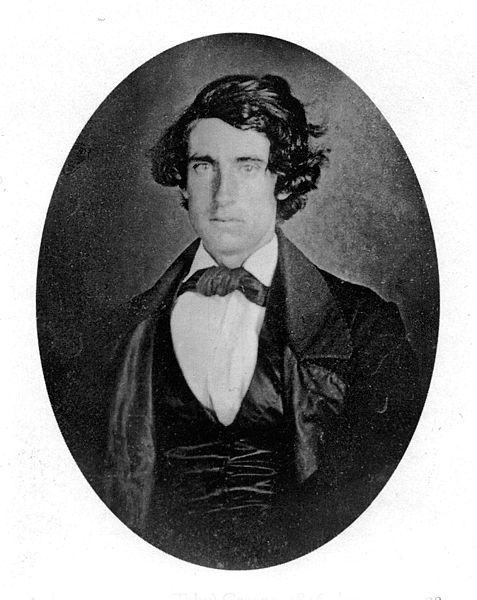Arrowhead (Herman Melville House)
Arrowhead, also known as the Herman Melville House, is a historic house museum in Pittsfield, Massachusetts. It was the home of American author Herman Melville during his most productive years, 1850–1863. Here, Melville wrote some of his major works: the novels Moby-Dick, Pierre, The Confidence-Man, and Israel Potter; The Piazza Tales ; and magazine stories such as "I and My Chimney".
Arrowhead in 2006; the piazza (porch) is to the right
Herman Melville, c. 1860
Sketch of Arrowhead estate by Melville, c. 1860
Arrowhead house Melville Trail description
Herman Melville was an American novelist, short story writer, and poet of the American Renaissance period. Among his best-known works are Moby-Dick (1851); Typee (1846), a romanticized account of his experiences in Polynesia; and Billy Budd, Sailor, a posthumously published novella. At the time of his death, Melville was no longer well known to the public, but the 1919 centennial of his birth was the starting point of a Melville revival. Moby-Dick eventually would be considered one of the great American novels.
Melville depicted in an 1870 portrait by Joseph Oriel Eaton
An 1810 portrait of Melville's father, Allan Melvill (1782–1832), by John Rubens Smith, now housed at the Metropolitan Museum of Art in New York City. In Melville's novel Pierre (1852), he fictionalized this portrait as the portrait of Pierre's father.
A c. 1815 portrait of Melville's mother Maria Gansevoort Melville by Ezra Ames, now on display at the National Gallery of Art
Richard Tobias Greene, who jumped ship with Melville in the Marquesas Islands and is Toby in Typee, pictured in 1846








